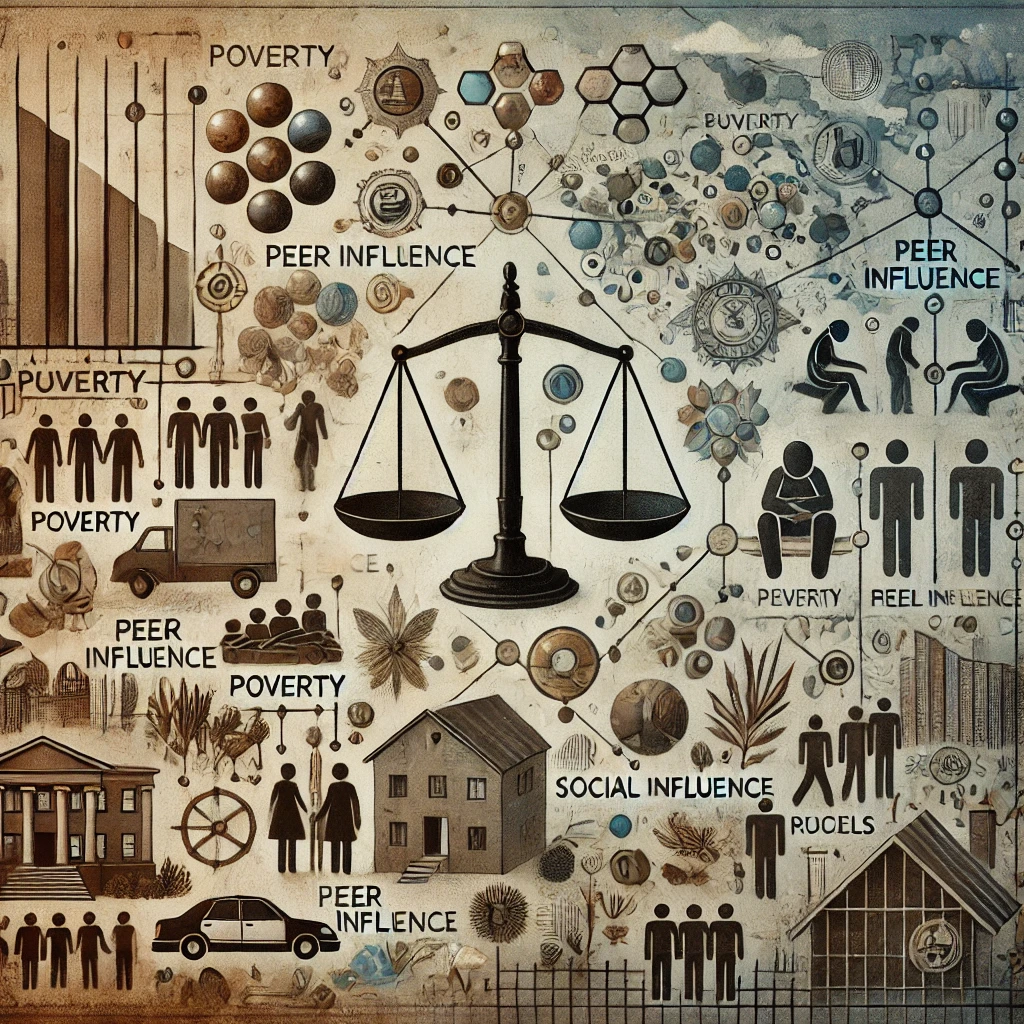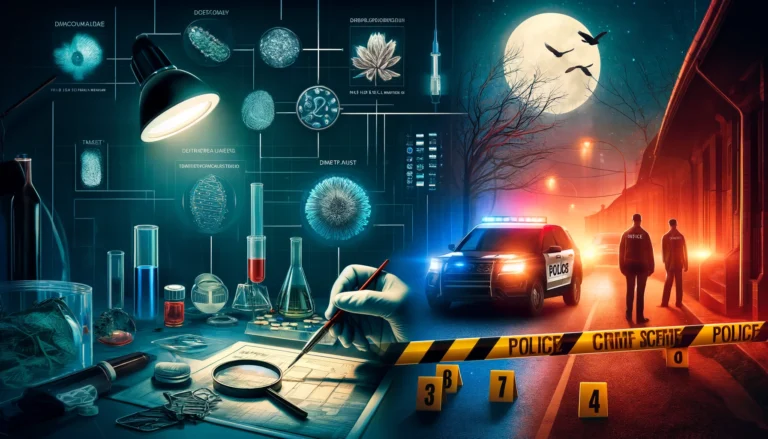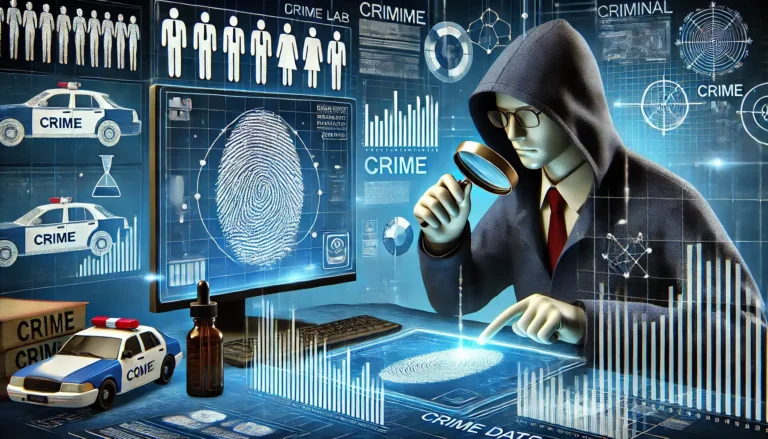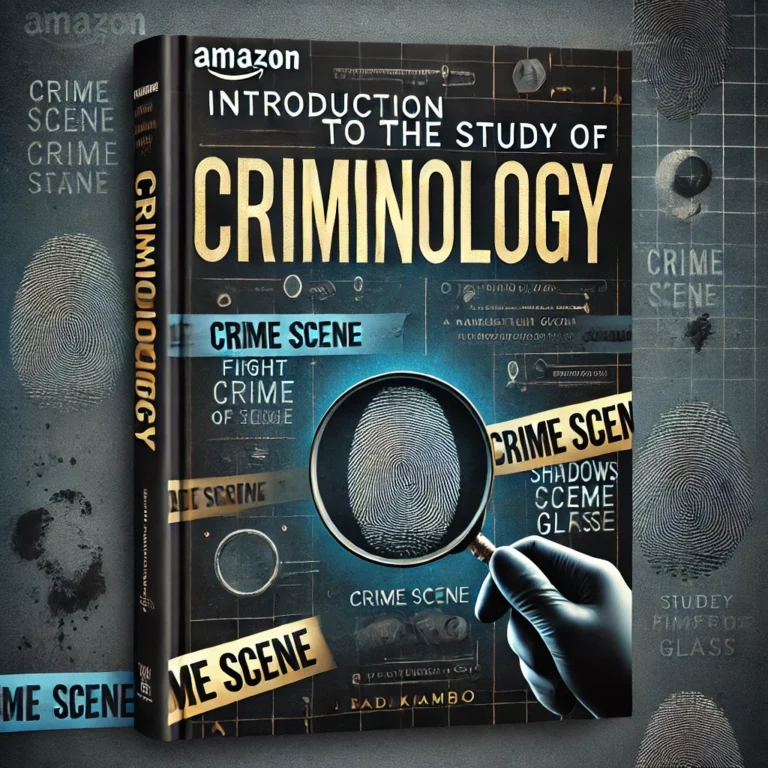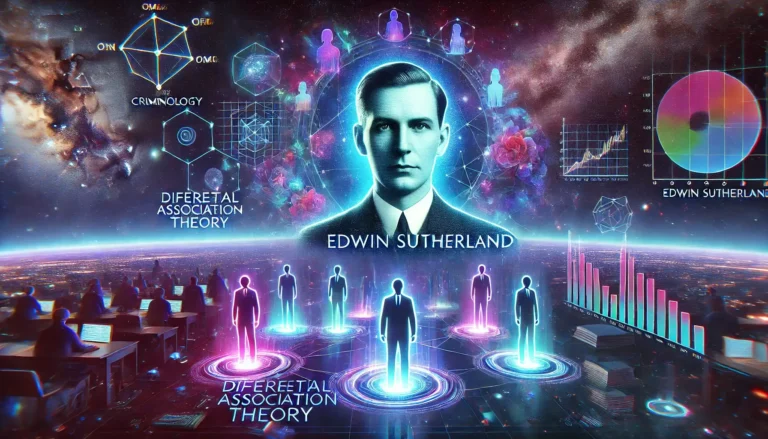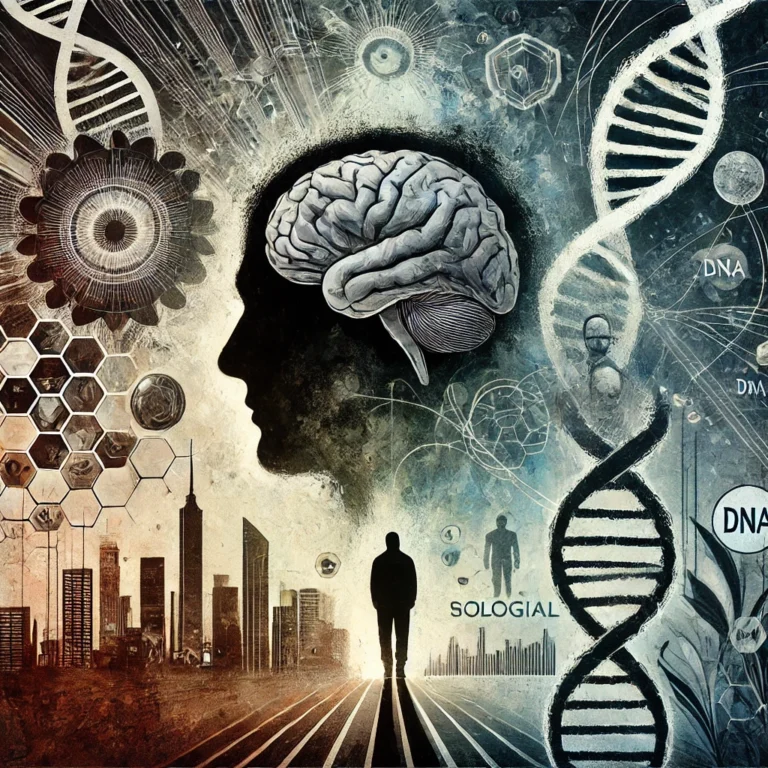Sociological Theories of Criminal Behavior
Criminal behavior is not only shaped by individual psychological factors but also by the larger societal context in which individuals live. Sociological theories of criminal behavior focus on how social structures, institutions, relationships, and inequalities influence the likelihood of criminal activities. By exploring these theories, we can gain a deeper understanding of how societal forces contribute to the development and perpetuation of crime. This article delves into key sociological theories that explain the social origins of criminal behavior and their implications for crime prevention.
1. The Role of Society in Criminal Behavior
Sociology examines how the structure of society and social interactions influence individuals’ actions. Unlike psychological theories, which focus on individual traits and mental processes, sociological theories explore how broader societal factors—such as class, family, education, and economic conditions—affect criminal behavior. According to sociologists, crime is not just a personal failure but a social phenomenon influenced by the environment and the relationships within it.
2. Strain Theory: Merton’s Social Structure and Anomie
One of the most influential sociological theories is Strain Theory, developed by Robert K. Merton. Merton proposed that society sets culturally approved goals, such as financial success, but not everyone has equal access to the legitimate means to achieve those goals. When individuals are unable to achieve success through socially acceptable means, they experience strain or frustration, which may lead them to engage in criminal behavior as an alternative.
Merton identified five modes of adaptation to strain:
- Conformity: Adhering to societal norms.
- Innovation: Using new, often illegal methods to achieve societal goals.
- Ritualism: Abandoning societal goals but rigidly following rules.
- Retreatism: Rejecting both societal goals and means, often leading to substance abuse.
- Rebellion: Rejecting both societal goals and means, seeking to replace them with new norms.
Strain theory helps explain how social pressures and inequality contribute to criminal activities, particularly in disadvantaged communities.
3. Social Disorganization Theory: The Impact of Community Environment
The Social Disorganization Theory, developed by Clifford Shaw and Henry McKay, emphasizes the role of community structure in fostering criminal behavior. According to this theory, crime is more likely to occur in communities with weak social institutions, such as families, schools, and local organizations. When these institutions are unable to provide social control or foster positive relationships, individuals are more likely to engage in criminal behavior.
Social disorganization is often associated with urban areas, where poverty, high mobility, and a lack of community cohesion make it difficult for residents to maintain order and social control. This theory highlights the importance of community solidarity and the role of neighborhood support networks in reducing crime.
4. Differential Association Theory: Learning Crime from Others
The Differential Association Theory, formulated by Edwin H. Sutherland, posits that criminal behavior is learned through interactions with others. According to this theory, individuals learn criminal values, techniques, and behaviors from those they associate with, particularly from family, peers, and social groups. The more an individual is exposed to criminal behavior and values, the more likely they are to adopt these behaviors themselves.
Sutherland’s theory emphasizes that criminal behavior is not inherent but is learned in social contexts. For example, if a person grows up in an environment where criminal activity is normalized, they are more likely to view such behavior as acceptable. This theory underscores the importance of social networks and peer influence in shaping criminal behavior.
5. Labeling Theory: The Power of Social Labels
Labeling Theory, developed by Howard Becker and others, focuses on how society’s reactions to deviant behavior contribute to the continuation of criminal behavior. According to this theory, individuals who are labeled as “deviant” or “criminal” by society may internalize this label and engage in more criminal activities. The labeling process often begins with a minor act of deviance, which is then amplified through societal reactions and stigmatization.
Once labeled as criminals, individuals may face discrimination, limited opportunities, and social isolation, which increases the likelihood of further criminal behavior. Labeling theory suggests that society’s role in labeling and stigmatizing individuals can create a self-fulfilling prophecy, where the labeled person embraces their criminal identity and continues engaging in criminal acts.
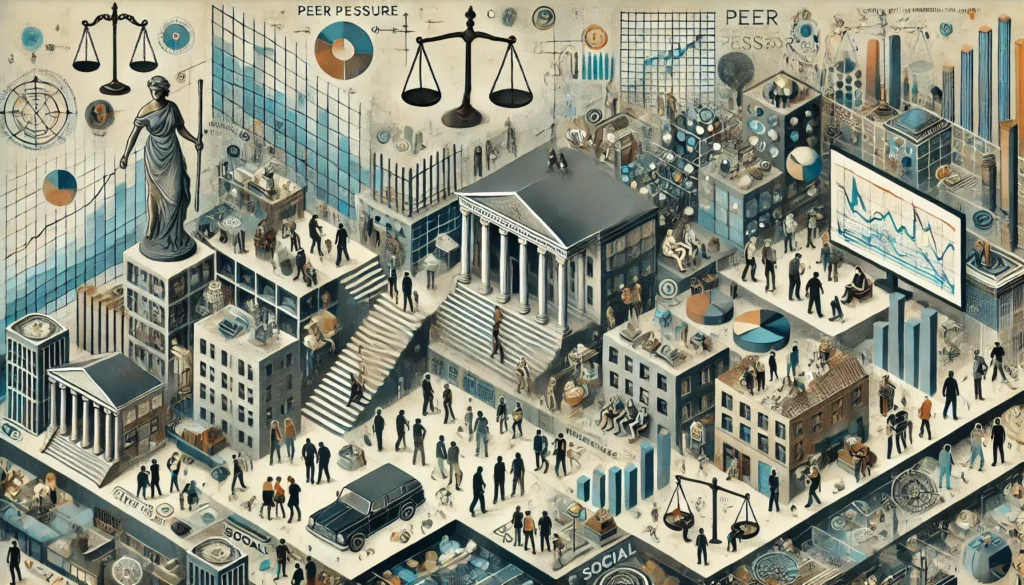
6. Conflict Theory: Crime as a Product of Inequality
Conflict Theory, rooted in the ideas of Karl Marx, suggests that crime arises from the inequalities and power struggles inherent in capitalist societies. According to this theory, the law is used by those in power to maintain their control and protect their economic interests. Those who are disadvantaged, particularly the working class, are more likely to engage in criminal behavior as a response to social and economic oppression.
Conflict theorists argue that the legal system disproportionately targets marginalized groups, while the wealthy and powerful often evade punishment for their criminal activities. This theory views crime as a reaction to societal inequality, with the poor and disenfranchised using crime as a means of survival or protest against the system.
7. Control Theory: The Role of Social Bonds
Control Theory, developed by Travis Hirschi, focuses on the ways in which social bonds and attachments to society act as a deterrent to criminal behavior. According to Hirschi, individuals who have strong connections to family, school, and community are less likely to engage in criminal activities. These social bonds create a sense of responsibility and attachment that discourages deviance.
Hirschi identified four key elements of social bonds:
- Attachment: The emotional connection individuals have to others.
- Commitment: The investment in conventional activities and goals.
- Involvement: The participation in conventional social activities.
- Belief: The acceptance of societal norms and laws.
The theory suggests that individuals with weak or broken social bonds are more likely to engage in criminal behavior because they have fewer stakes in conforming to societal norms.
8. Feminist Theory: Gender and Crime
Feminist Theory provides a critical perspective on how gender influences criminal behavior. Feminists argue that traditional criminology has often ignored or misrepresented the role of women in crime. This theory emphasizes that crime and victimization are often shaped by gender inequalities, with women experiencing different forms of criminal behavior and victimization compared to men.
Feminist criminologists also focus on the role of patriarchy in shaping women’s opportunities for crime and victimization. Women, particularly in patriarchal societies, may commit crimes as a result of gender-based oppression or as a response to economic dependency on men. Furthermore, feminist theory highlights the ways in which the justice system disproportionately targets women, particularly women of color.
9. The Role of Social Inequality in Crime
Social inequality is a central theme in many sociological theories of criminal behavior. The Social Conflict Theory and Strain Theory both highlight the ways in which poverty, class, and unequal access to resources contribute to crime. Marginalized individuals, particularly those from lower socioeconomic backgrounds, are more likely to resort to crime as a way of coping with their disadvantaged circumstances.
Economic disparities, limited access to education, and social exclusion create environments where crime can thrive. Addressing these inequalities through social policies and community-building efforts can help reduce crime rates and provide individuals with alternative means of achieving success.
Conclusion
Sociological theories provide important insights into the social origins of criminal behavior, emphasizing the role of societal structures, inequalities, and relationships in shaping crime. Whether through strain, social disorganization, or labeling, these theories highlight how crime is not merely an individual problem but a social one. By addressing the social factors that contribute to criminal behavior, we can develop more effective crime prevention strategies and create a more just and equitable society.

